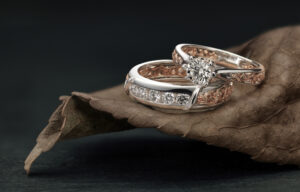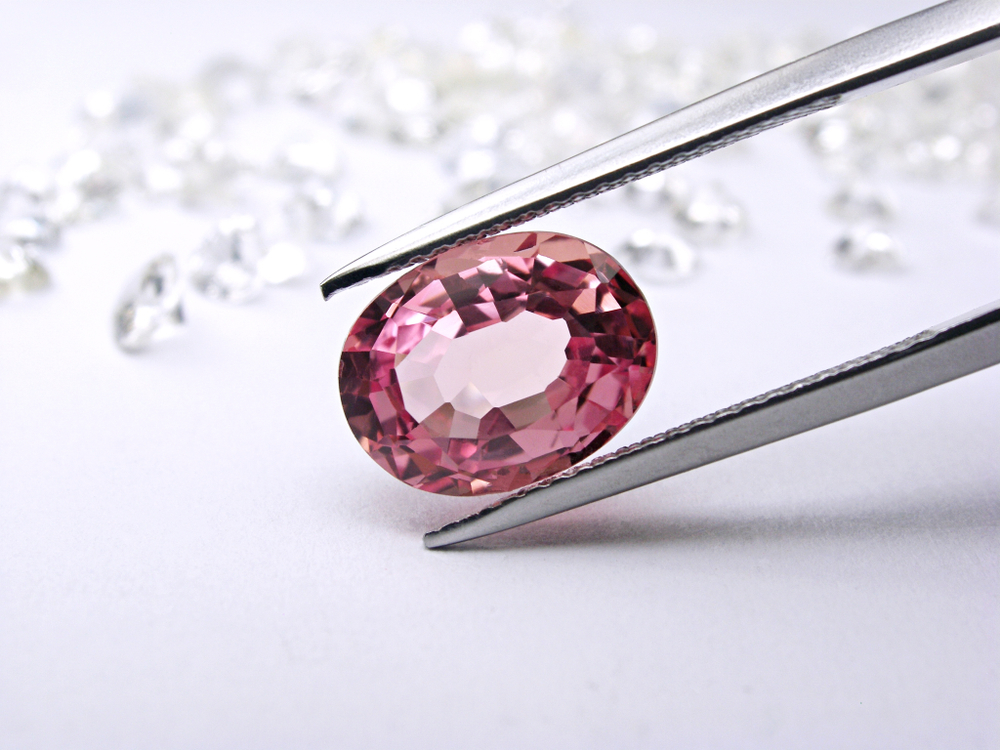
Diamond simulants have a strong resemblance to actual diamonds. However, they are still not diamonds. Diamond simulants, imitations, and alternatives are all words used in the jewelry industry, so it’s crucial to understand what they are and how they relate to the genuine thing. A diamond simulant also called an imitation diamond, has some of the same properties as a real diamond. They appear to be identical to mined or lab-grown diamonds at first glance, yet their chemical characteristics are vastly different.
What Do You Know About Diamond Simulants?
A diamond simulant is a stone that has gemological properties similar to those of a genuine diamond. Diamond simulants, as the name implies, are used to resemble actual diamonds in jewelry creation. Diamond imitations have a distinct chemical structure and physical qualities than real diamonds, despite their resemblance to the real thing.
Even by eye inspection, a skilled gemologist with the proper equipment can always detect the difference between a diamond simulant and a genuine diamond. A stone must have certain diamond-like qualities to be termed a diamond simulant. While most diamond simulants have properties that are similar to those of actual diamonds, they have several characteristics that distinguish them from diamonds.
What Do You Know About Lab-Grown Diamonds?
Diamond simulants are different from lab-grown diamonds. They’re diamonds, but instead of being mined, they’ve been made in a lab. A lab-grown diamond is created under extreme heat and pressure in a carefully controlled environment. These diamonds are diamonds because they have the same chemical composition as mined diamonds.
Despite the fact that lab-grown diamonds are fraught with suspicion and questions, the Federal Trade Commission, which oversees commercial practices, changed its jewelry guide in the summer of 2018 to remove the term “natural” from the description of a diamond. lab-grown diamond rings are getting extremely popular among millennials these days.
Differences

The Mohs scale of hardness measures the hardness of gemstones. Since the lab-grown diamonds are real diamonds, the hardness of lab-grown diamonds is the same as that of natural diamonds. The hardness of diamond simulants like cubic zirconia, moissanite, etc. is significantly lower than that of lab-grown diamonds.
Diamonds are cut to maximize their fire and brilliance. The stone’s cut quality has a significant impact on both attributes. Few simulants have a similar dispersion and refractive index, which makes them appear drab and lifeless.
Because the chemical structures of actual diamonds and diamond simulants differ, they conduct electricity and heat in different ways. In other words, heat or electricity will move through a diamond differently than it would through a diamond simulant.
